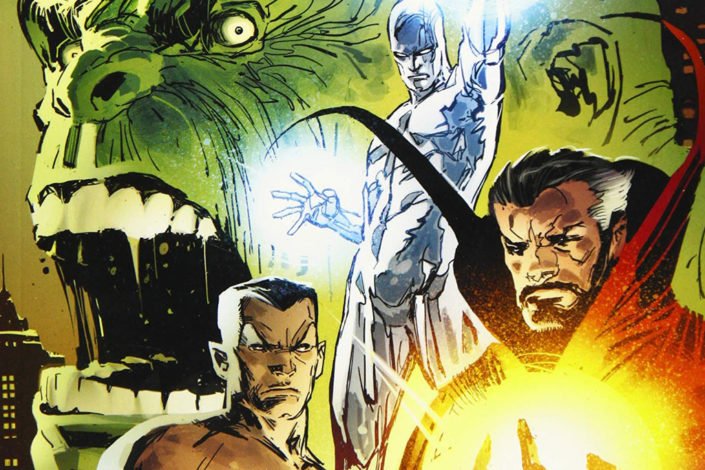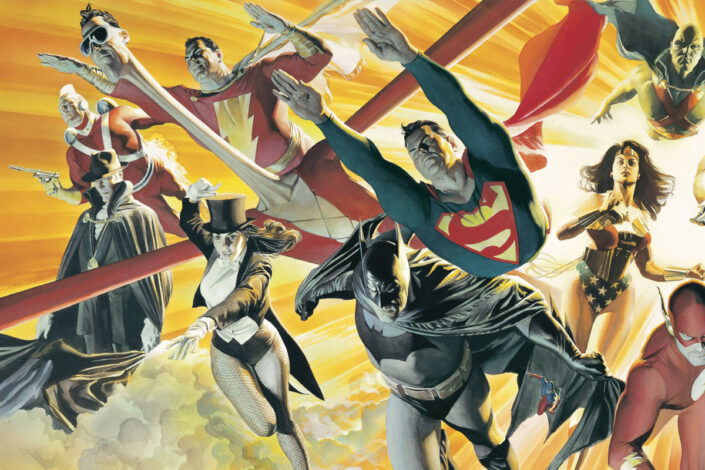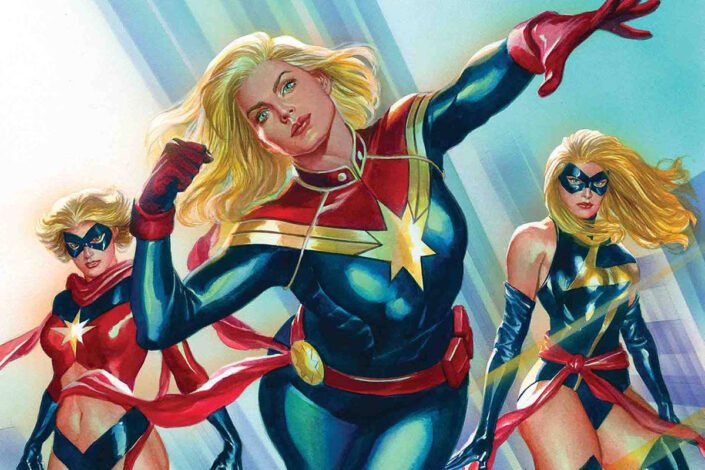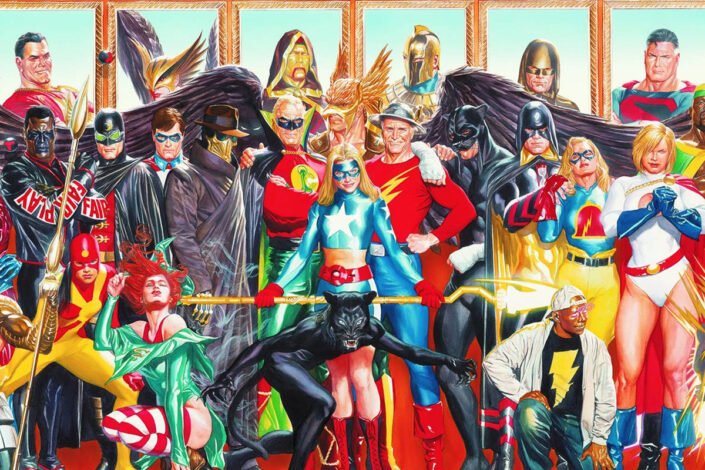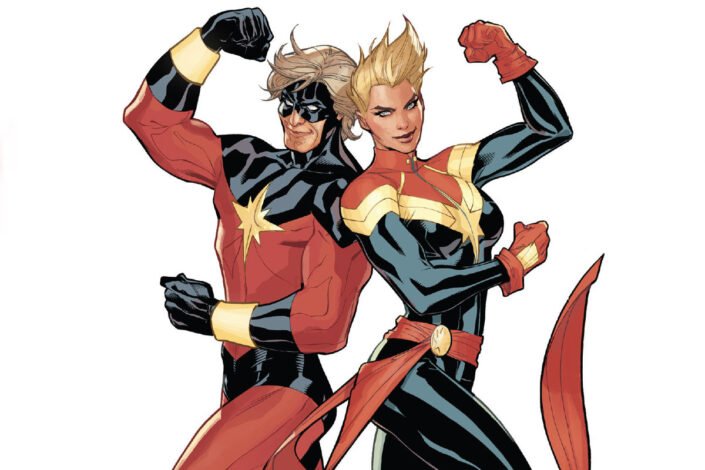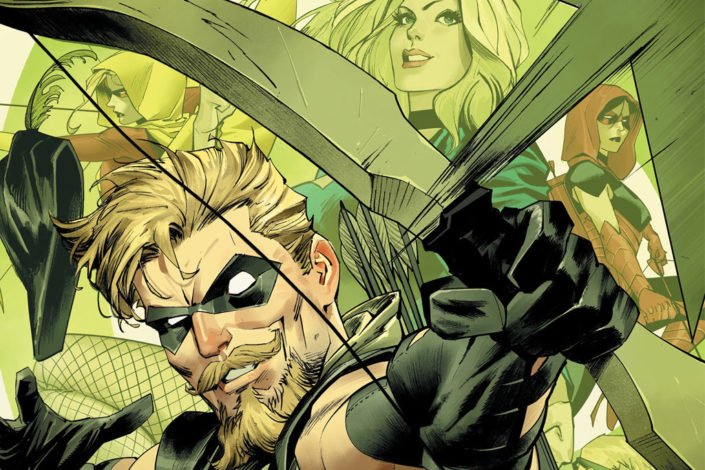
There are several characters known as Captain Marvel, and we are not here to talk about Shazam. As you may know, Fawcett’s Captain Marvel was enormously popular. Too popular for DC Comics who sued Fawcett Comics for breach of copyright. It was then claimed that Captain Marvel was too similar to Superman. This led Fawcett to stop the publication of Captain Marvel (He later came back to DC under the name Shazam). In the late 1960s, Marvel Comics gained the trademark “Captain Marvel” and, to keep it, needed to publish a Captain Marvel title. So, every few years, we’ve got ongoing series, limited series, and one-shots with “Captain Marvel” on the cover.
Created by Roy Thomas and Gene Colan in Marvel Super-Heroes #12 (December 1967), the first Captain Marvel from Marvel Comics was Mar-Vell, Captain of the Kree Imperial Militia. He was sent to observe the planet Earth and became a traitor when he decided to ally himself with the humans. At one point, he even ended up in the Negative Zone, after having been exiled by the Supreme Intelligence. There, his only way of (temporarily) escape is to exchange atoms with Rick Jones through special wristbands called Nega-Bands. He was finally freed from that prison when Jim Starlin took over the title and revamped the character, making him the “Protector of the Universe.” Of course, today his death is more famous than the rest of his career because of the success of Marvel’s first large-format graphic novel, “The Death of Captain Marvel,” published in 1982.
The second Captain Marvel was Monica Rambeau. She was created by Roger Stern and John Romita Jr in the pages of The Amazing Spider-Man Annual #16 (1982) and quickly became a member of the Avengers. She kept the name until the original Captain Marvel’s son entered the picture. That’s how Genis-Vell became the third Captain Marvel. His younger sister Phyla-Vell (created in Captain Marvel vol. 5 #16) became the fourth.
The fifth was Khn’nr, a Skrull sleeper agent who is bound with Mar-Vell’s DNA to lock itself into Mar-Vell’s form, who first appeared in Civil War: The Return (March 2007). And then, as part of the Dark Reign storyline, Noh-Varr – who first appeared in Marvel Boy #1 – was contacted by the Supreme Intelligence and received a copy of the original Captain Marvel’s Nega Bands. He became the sixth Captain Marvel.
Finally (for now), in July 2012, Carol Danvers graduated from Mrs. Marvel to Captain Marvel in the series written by Kelly Sue DeConnick with art by Dexter Soy.
Read More »Captain Marvel Reading Order, From Mar-Vell to Carol Danvers

